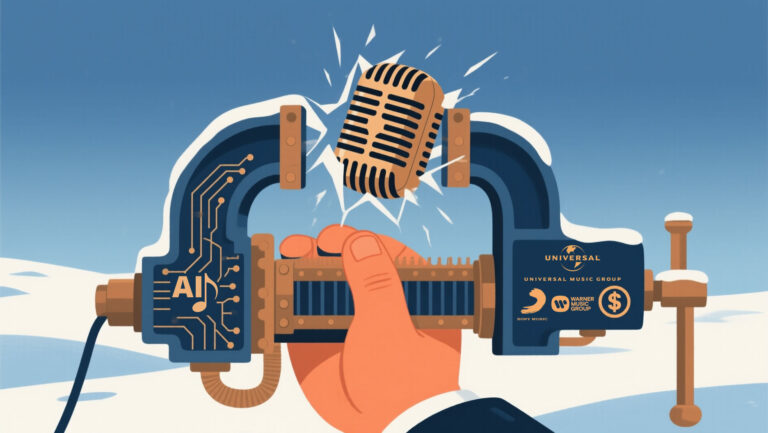The Copyright Trap with UMG and UDIO
Why the Music Industry’s AI Fight Could Backfire on Artists There’s a lawsuit happening right now that could reshape the future of music creation. Independent artists, represented by passionate advocates, are suing AI music companies like Suno and Udio for training their models on copyrighted songs without permission. The premise is straightforward: these companies scraped…










